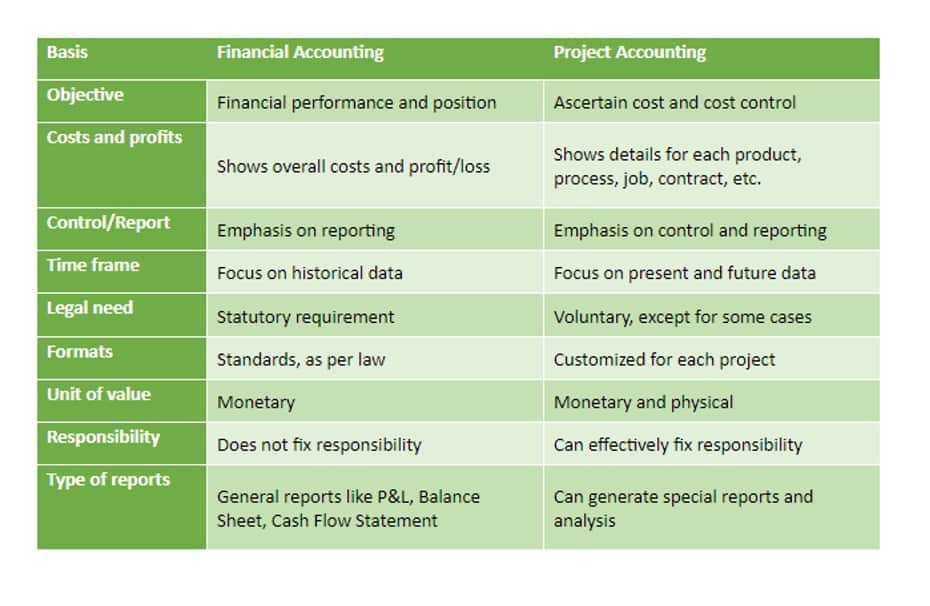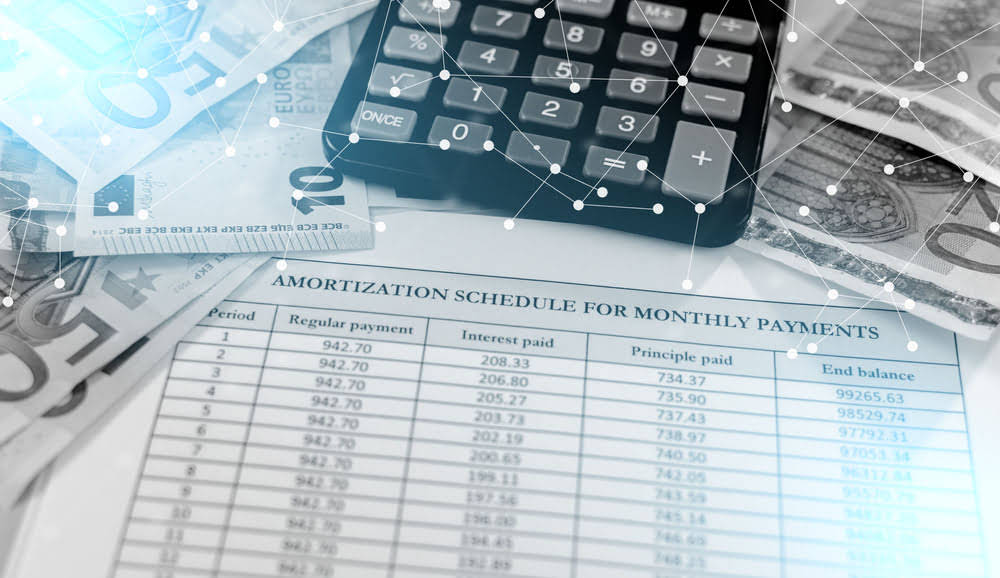What are fixed assets?

That’s how much you can expect to get back after disposing of it after its five-year lifespan. The annual depreciation would be $464, calculated by subtracting the cost of the asset ($2,280) from the salvage value ($500) and dividing it by five years. A fixed asset can also be defined as an asset not directly sold to a firm’s consumers or end-users. This depreciation then becomes a write off on a business’s taxes; there is no tax on depreciation. This IRS article has further information and the forms you need for fixed assest your taxes to report depreciation properly.
Create a free account to unlock this Template
Because of ongoing depreciation, the net book value of an asset is always declining. However, it is possible under international financial reporting standards to revalue a fixed asset, so that its net book value can increase. The acquisition or disposal of a Partnership Accounting fixed asset is recorded on a company’s cash flow statement under the cash flow from investing activities. The purchase of fixed assets represents a cash outflow to the company while a sale is a cash inflow. If the asset’s value falls below its net book value, it is subject to an impairment write-down.

Asset Analyst, Capital Formation
Effective management ensures that these numbers accurately reflect the company’s financial position. Depreciation is a method to spread the cost of a fixed asset over its useful life. When these assets are sold, profit/loss on sale is calculated and recorded in the accounts books. While preparing a cash flow statement, a loss on the sale of assets is added to the net income to arrive at cash flow from operations (indirect method).
- Depreciation reduces the recorded cost of the asset on the company balance sheet.
- For example, a frozen cookie dough manufacturer might need a new industrial dough mixer—not a cheap investment—which would throw off their balance sheet if it were only listed for the year they bought it.
- There are many benefits that an entity can obtain from the proper categorization of fixed assets.
- A fixed asset is not purchased with the intent of immediate resale, but rather for productive use within the entity.
- Fixed assets are non-current assets on a company’s balance sheet and cannot be easily converted into cash.
- Asha, the owner of Asha builder, is unsure how she should account for buildings in her books of account as this was her new business.
Part 2: Your Current Nest Egg
We may earn a commission when you click on a link or make a purchase through the links on our site. All of our content is based on objective analysis, and the opinions are our own. While technological advancements present a new set of challenges, they also offer solutions to streamline and improve asset management.
- Due to the complexity and importance of fixed asset accounting, it’s common for entities to invest in fixed asset software to save time and improve accuracy.
- Entities may even keep it simple and present only one line item for fixed assets equal to the net value of fixed assets at a point in time.
- Fixed assets, sometimes referred to as capital assets, long-term assets, or hard assets, are items of value owned by a business that is used over a prolonged period, typically a year or more.
- These items may last more than a year, but they are of lower value and are not major investments.
- The company can then depreciate them according to time frames established by the Internal Revenue Service.
- This method makes sense for an asset that depreciates from usage rather than time.
How do you calculate the asset turnover ratio?

For example, machinery and vehicles are categorized into two different categories. These two types of fixed assets we use these what are retained earnings assets are completely different even though their useful life might be the same. Those include the type or nature of assets and how those assets are used by the entity and sometimes based on the rate we charge fixed assets.

Deja una respuesta